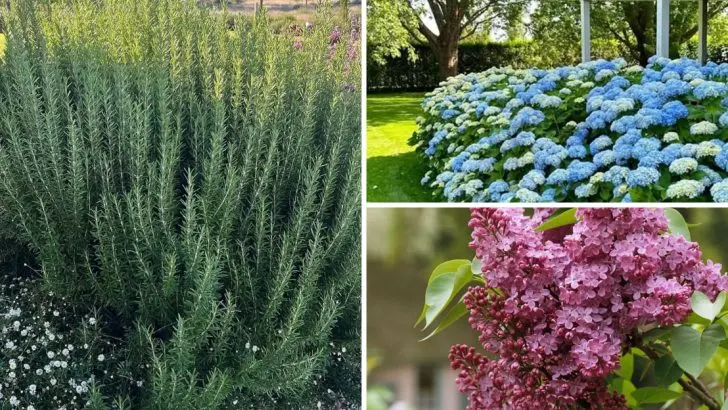A beautiful garden shouldn’t come with endless maintenance or perfect conditions. Resilient shrubs are the ultimate solution for gardeners who want stunning greenery without the hassle.
These hardy plants adapt to a variety of climates, soil types, and weather conditions, making them a reliable choice for any yard.
In this guide, we’ll showcase 12 resilient shrubs that not only thrive anywhere but also enhance your landscape with their year-round beauty. Whether you’re tackling a challenging spot or seeking low-maintenance elegance, these shrubs are the perfect addition to your garden.
Boxwood
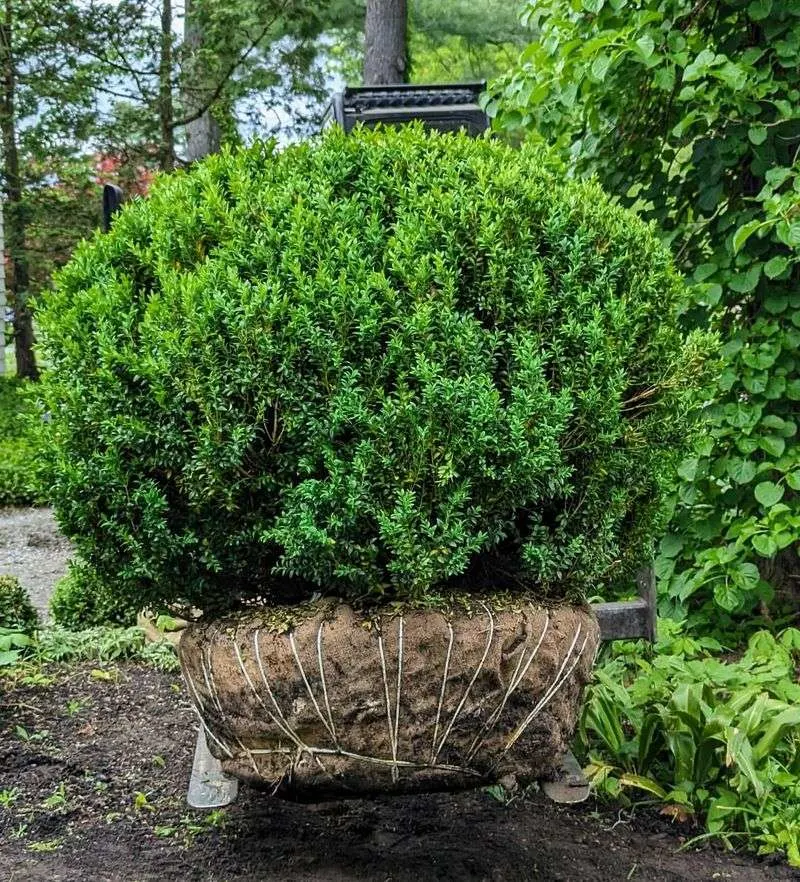
Boxwood is a staple in traditional gardens thanks to its dense, evergreen foliage. This versatility allows it to be shaped into hedges, topiaries, or stand-alone shrubs, making it a gardener’s dream. Its hardy nature means it can thrive in a variety of soils and withstand harsh pruning.
Boxwoods are celebrated for their adaptability, flourishing in both full sun and partial shade. However, providing some protection from harsh winter winds ensures their leaves remain pristine.
Regular watering, especially during dry spells, helps maintain its vibrant green hue, making it an attractive addition year-round.
Hydrangea
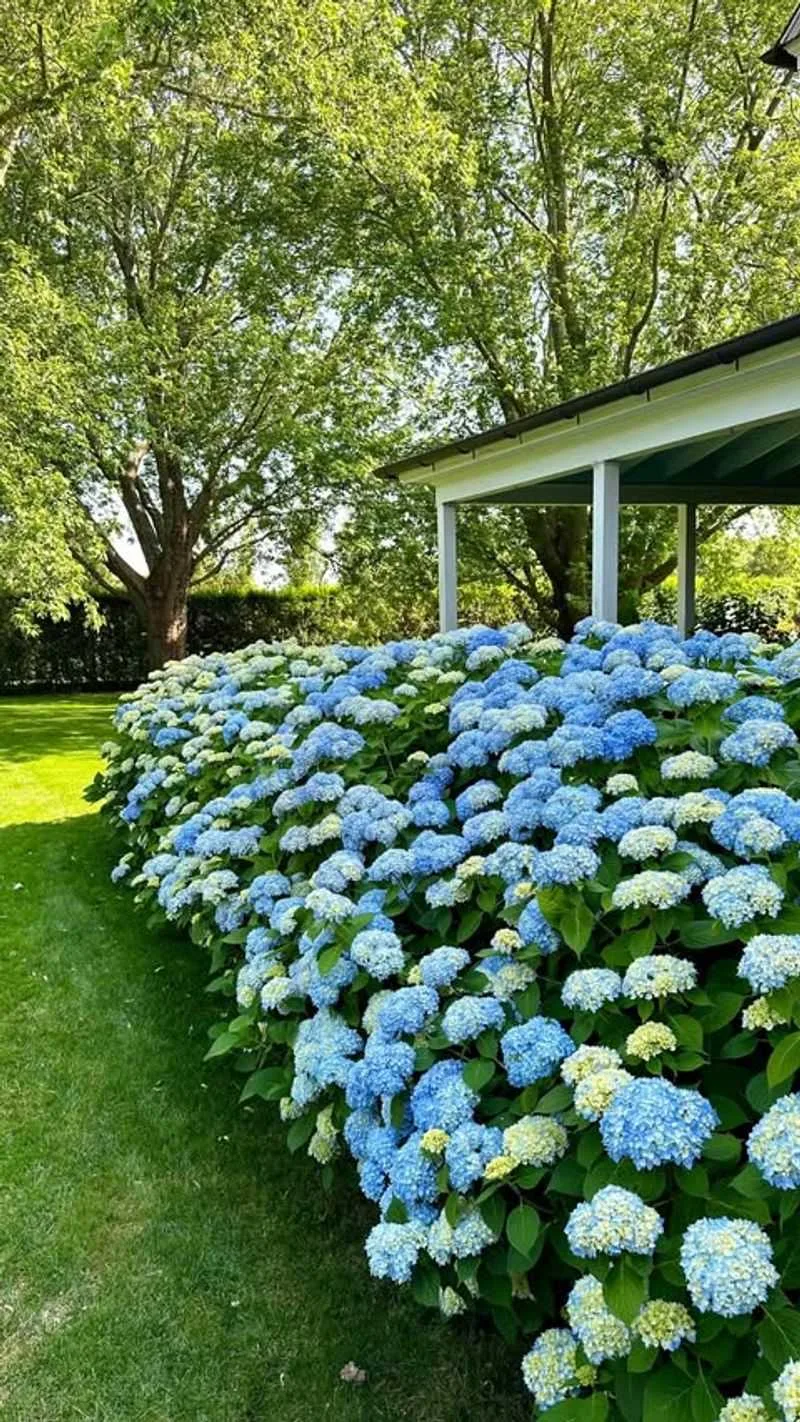
Known for their stunning clusters of flowers, hydrangeas are a favorite among gardeners. Their blooms come in various colors, including blues, pinks, and whites, depending on soil pH levels. This shrub prefers a spot with morning sun and afternoon shade to ensure optimal flower production.
Pruning after the flowering season encourages new growth and maintains its shape. Hydrangeas benefit from regular watering, especially in hotter months, to keep their large leaves hydrated and healthy. Adding mulch around the base helps retain moisture and regulate soil temperature, making them thrive beautifully.
Lilac
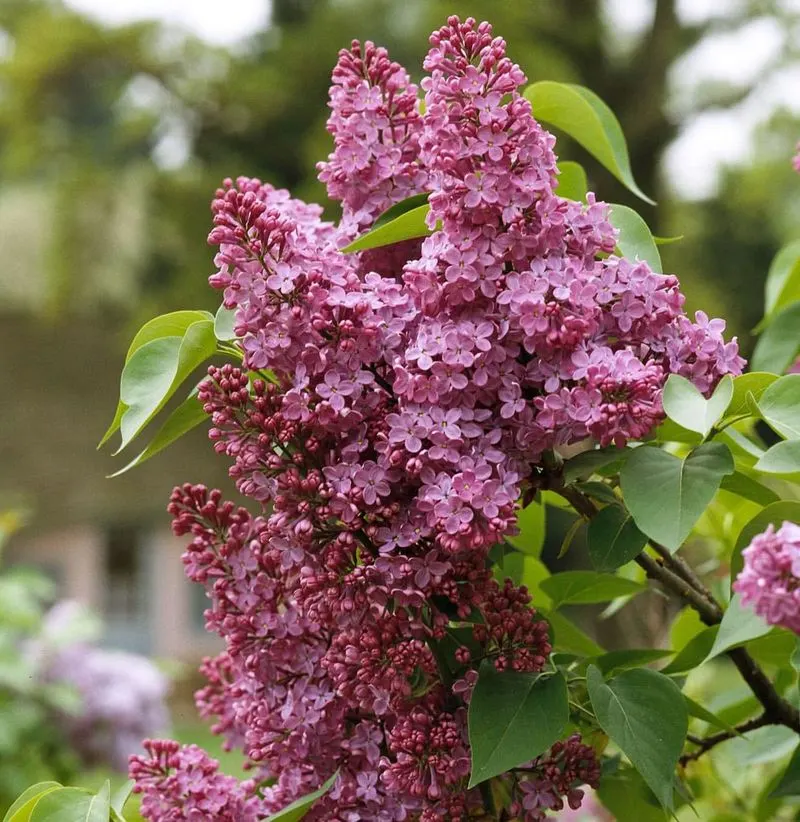
Renowned for their fragrant blooms, lilacs bring a delightful aroma to any garden. Their vibrant purple flowers make a striking visual impact in late spring. These shrubs prefer well-drained soil and full sun to achieve the best flowering results.
While generally low-maintenance, lilacs benefit from annual pruning right after flowering to remove spent blooms and encourage new growth. This also helps in maintaining an attractive shape. Lilacs are fairly drought-tolerant once established, requiring minimal watering. Their captivating fragrance and beauty make them a cherished addition to gardens worldwide.
Spirea
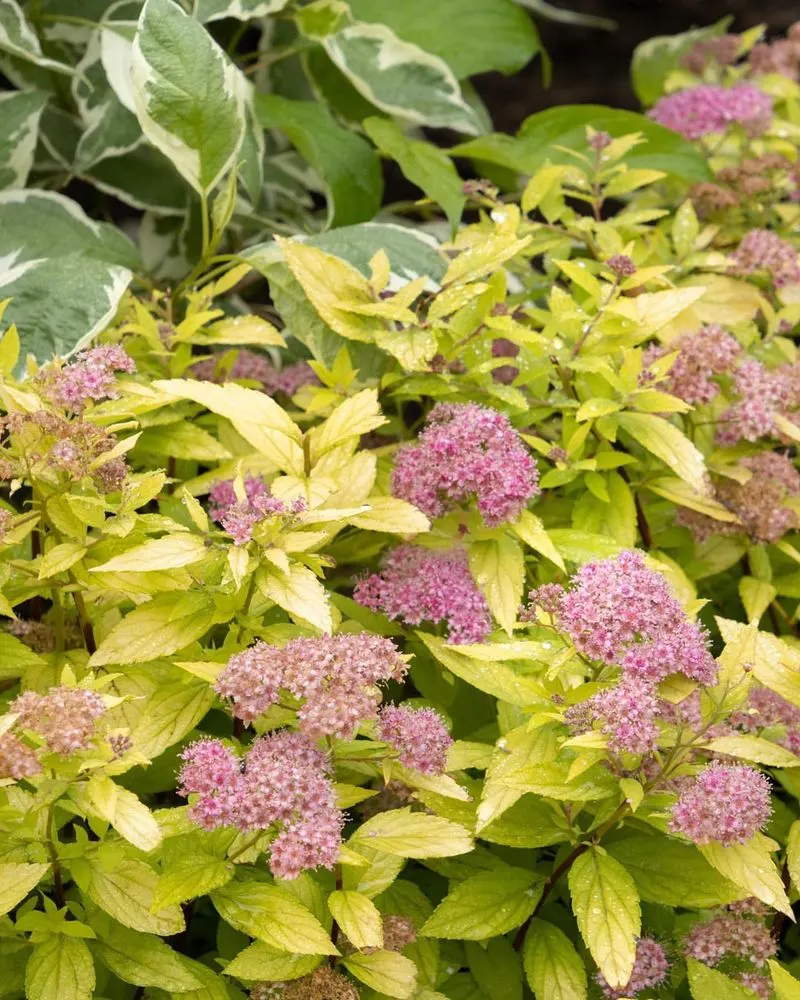
Spirea shrubs are known for their delicate, cascading clusters of flowers in pinks and whites. They’re incredibly easy to care for, making them perfect for novice gardeners. These shrubs thrive in full sun, with well-drained soil being ideal for their growth.
Pruning after the blooming period encourages a second flush of flowers and keeps the plant tidy. Spireas can handle a range of soil types, even poor ones, displaying resilience against challenging conditions. Regular watering during dry spells ensures continuous bloom cycles, making spirea both a functional and ornamental garden choice.
Forsythia
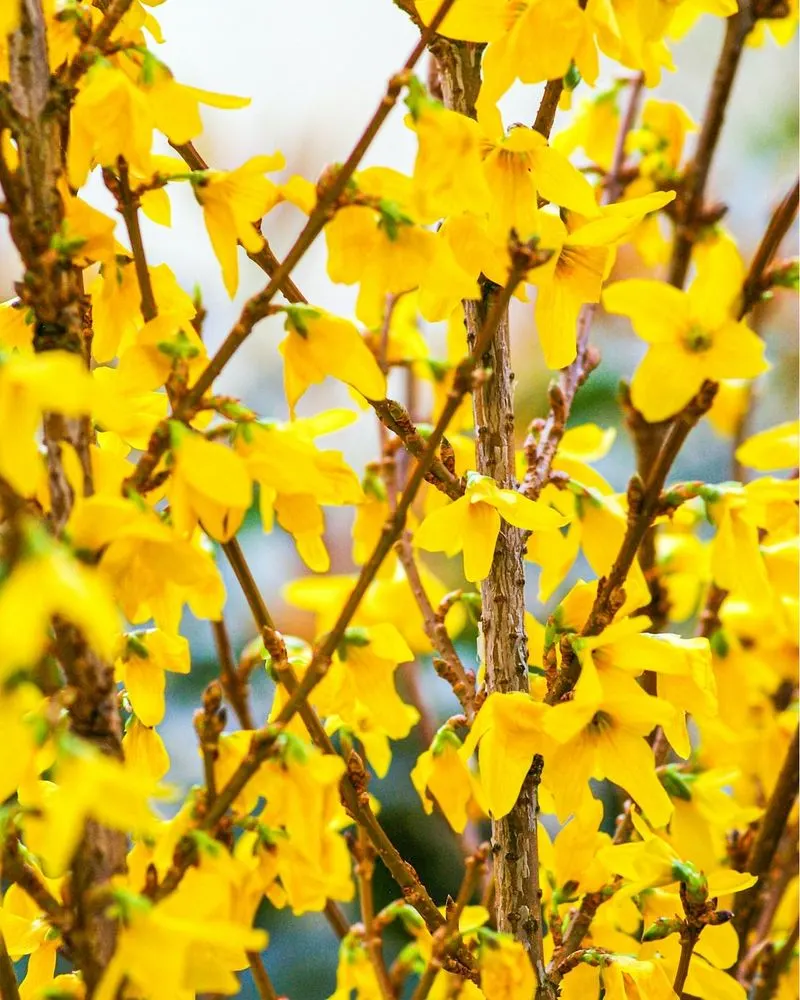
Forsythia is famed for its early spring explosion of bright yellow flowers. This burst of color often signals the arrival of warmer weather. It thrives in full sun, but can also tolerate partial shade, making it versatile for different garden settings.
Forsythias are low-maintenance and drought-tolerant once established. Pruning after flowering helps in maintaining its arching shape and encourages new growth. This shrub can also serve as a lively hedge when planted in rows. Its robust nature makes it an excellent choice for gardeners looking to add early color to their landscapes.
Azalea
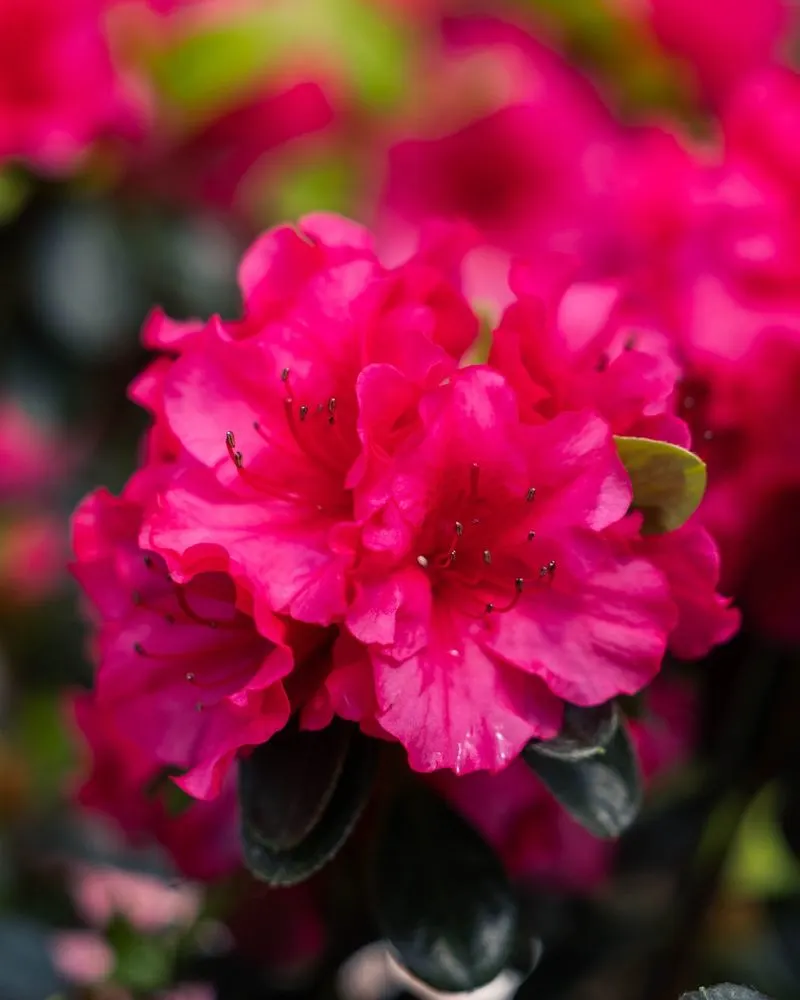
Azaleas are known for their vibrant, show-stopping blooms that can brighten any shaded garden spot. They prefer well-drained, acidic soil and partial shade to thrive. These shrubs are best planted in areas with good air circulation to prevent fungal diseases.
Pruning after the flowering season helps maintain their shape and promotes healthier growth. Regular watering during dry periods is crucial, as azaleas do not tolerate drought well. Mulching helps retain soil moisture and keeps the roots cool. With proper care, azaleas can provide a stunning display of color year after year.
Barberry
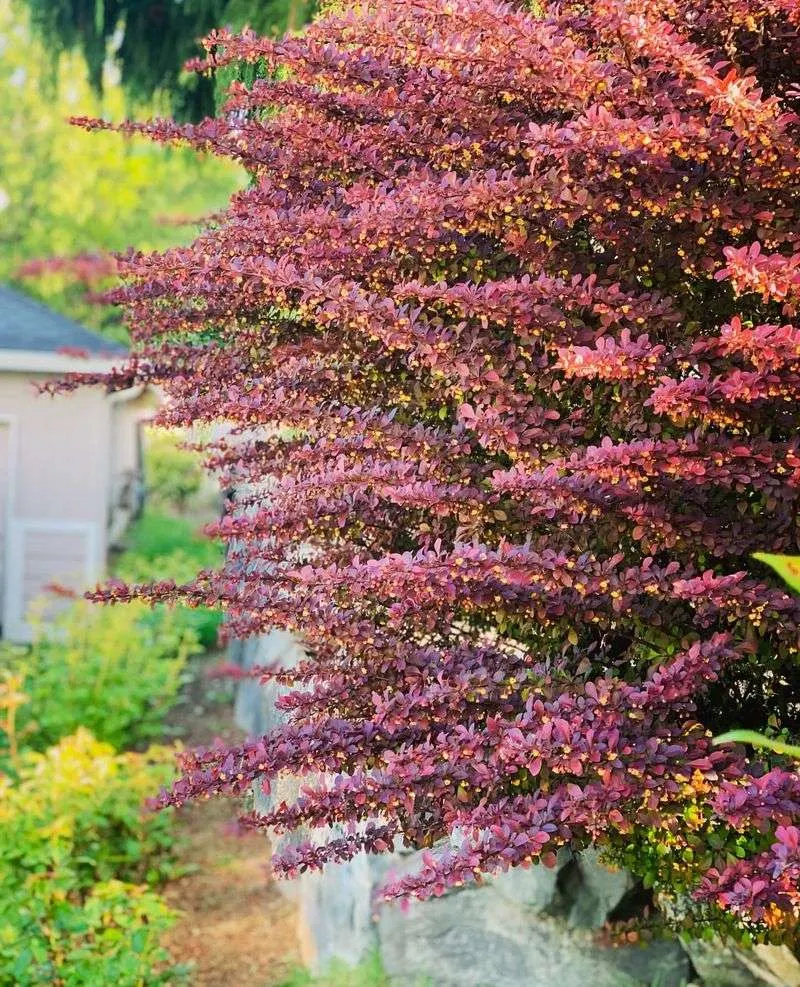
Barberry shrubs offer vibrant foliage in shades of red, orange, and gold, making them a standout feature in any garden. They are incredibly hardy, tolerating a wide range of soil types and environmental conditions.
Barberries are often used as border plants due to their dense, thorny branches which provide excellent security. In addition to their striking leaves, they produce small, bright berries that attract birds.
Minimal pruning is needed, mainly to remove dead wood or shape the plant. Barberries require little care, making them a favorite for those seeking low-maintenance beauty.
Rhododendron
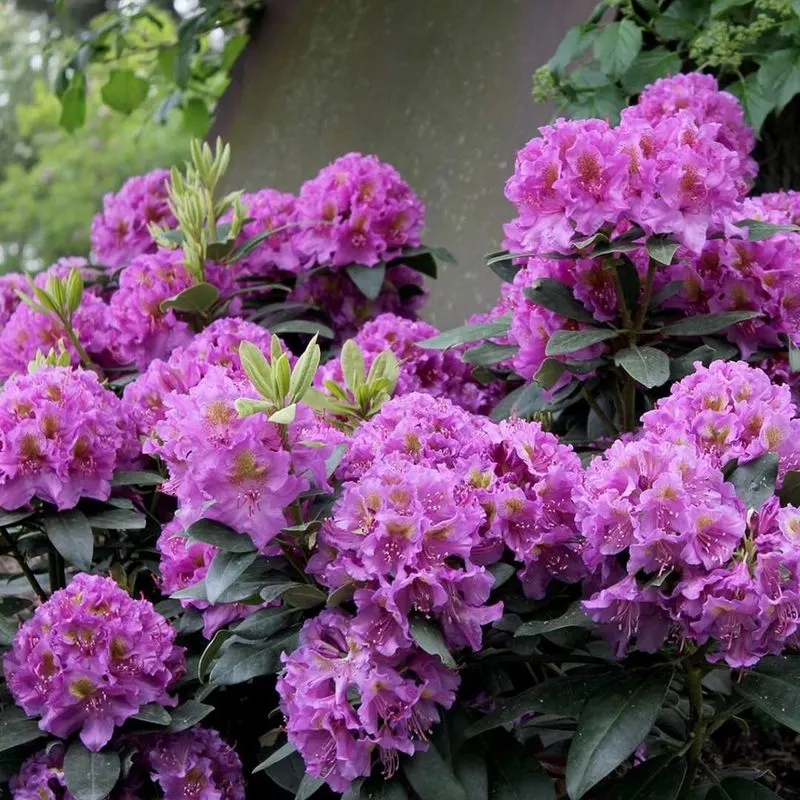
Rhododendrons, with their large, showy blooms, add dramatic color to any garden. These shrubs thrive in acidic, well-drained soil and prefer partial shade, mimicking their natural forest habitat.
Adequate spacing is crucial to ensure proper air circulation, reducing the risk of diseases. Rhododendrons benefit from regular watering, especially during dry spells, to keep their leaves glossy and flowers vibrant. Pruning is typically done after flowering to maintain shape and encourage new growth.
With the right conditions, rhododendrons reward gardeners with a breathtaking floral display that is hard to match.
Heather
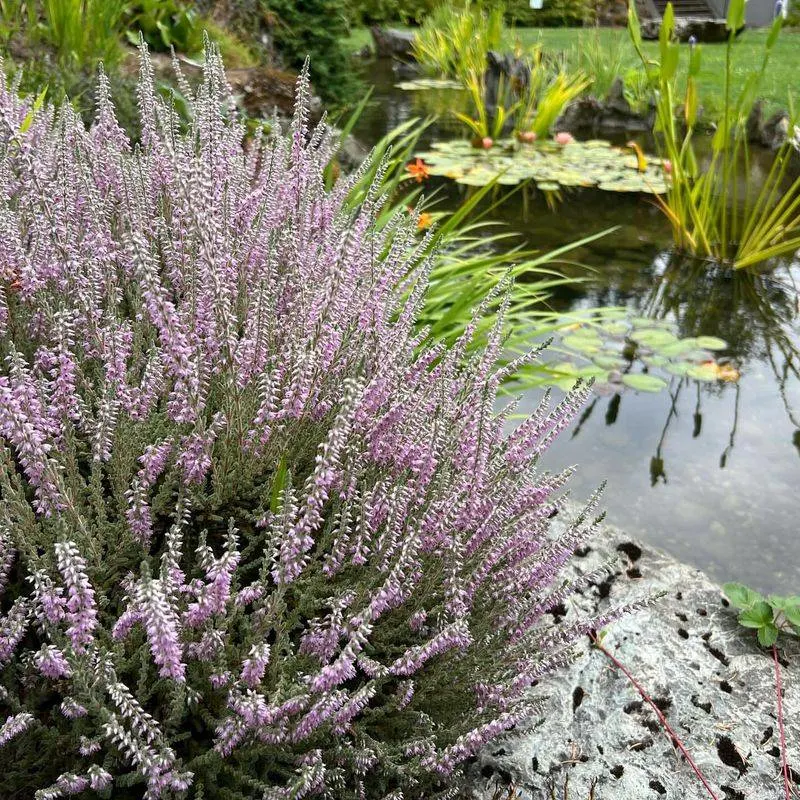
Heather, known for its low-growing habit and vibrant purple flowers, thrives in acidic soils. It brings year-round interest with its evergreen foliage and is ideal for rock gardens or borders. Heather prefers full sun and well-drained soil, though it can tolerate poor soil conditions.
Regular pruning helps maintain a tidy appearance and encourages new blooms. While relatively low-maintenance, heather benefits from occasional watering during prolonged dry periods. Its ability to cover ground with dense, colorful blooms makes it a popular choice for gardeners looking to add texture and color to their landscapes.
Juniper
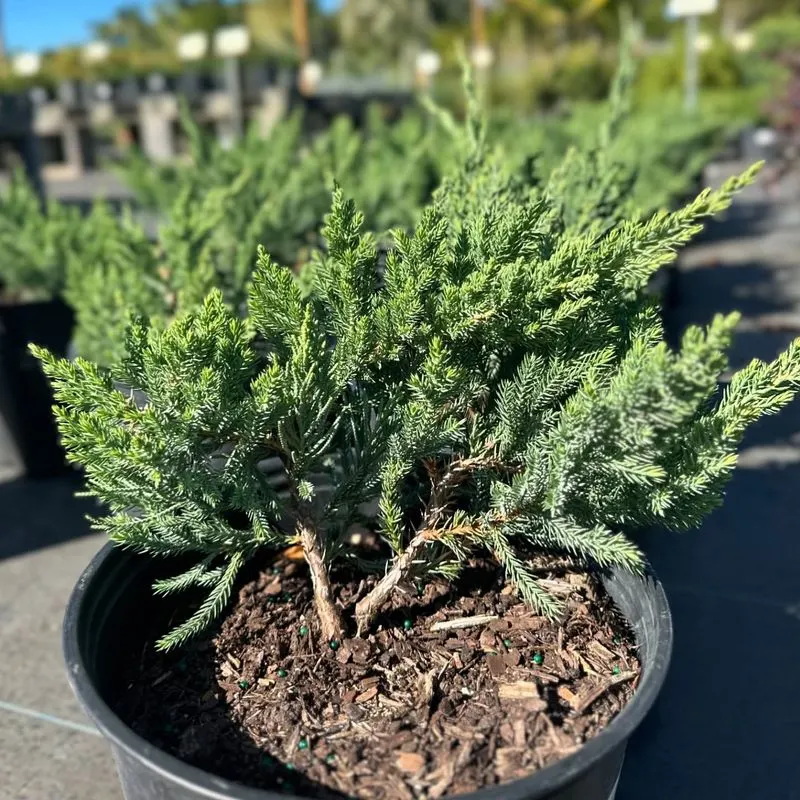
Junipers are hardy evergreens known for their versatility and low-maintenance needs. They thrive in a range of conditions, from rocky hillsides to urban gardens, and require little more than well-drained soil.
These shrubs are drought-tolerant, making them ideal for xeriscaping. Junipers come in various shapes and sizes, suitable for ground cover or as standalone specimens. Minimal pruning is necessary, mostly to maintain shape or remove dead branches.
Their aromatic foliage and berry-like cones add interest to winter gardens. Junipers offer year-round beauty with minimal effort, perfect for busy gardeners.
Holly
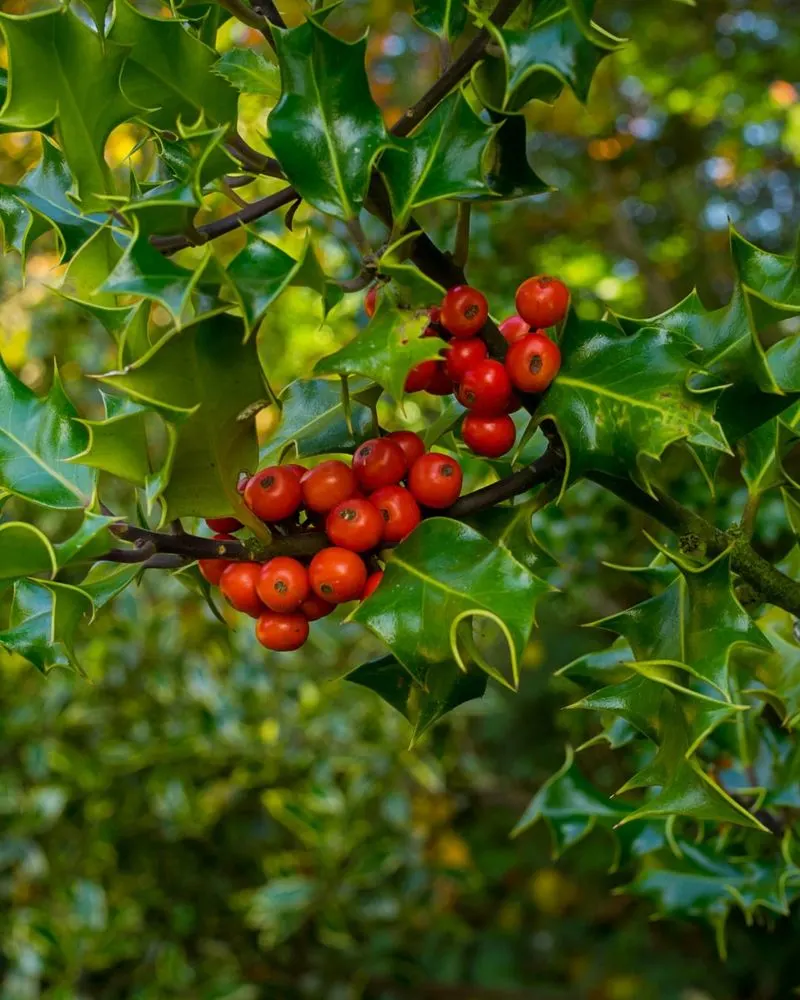
Holly shrubs are synonymous with festive cheer, sporting glossy green leaves and vibrant red berries. Their dense foliage makes them excellent for privacy hedges or standalone accents in the garden. Hollies prefer well-drained soil and full to partial sun.
Once established, they are drought-tolerant but benefit from occasional watering during dry spells to ensure the best berry production. Pruning is typically done in winter to shape the plant and encourage new growth. Their evergreen nature and decorative berries make hollies a popular choice for year-round interest and seasonal decoration.
Rosemary
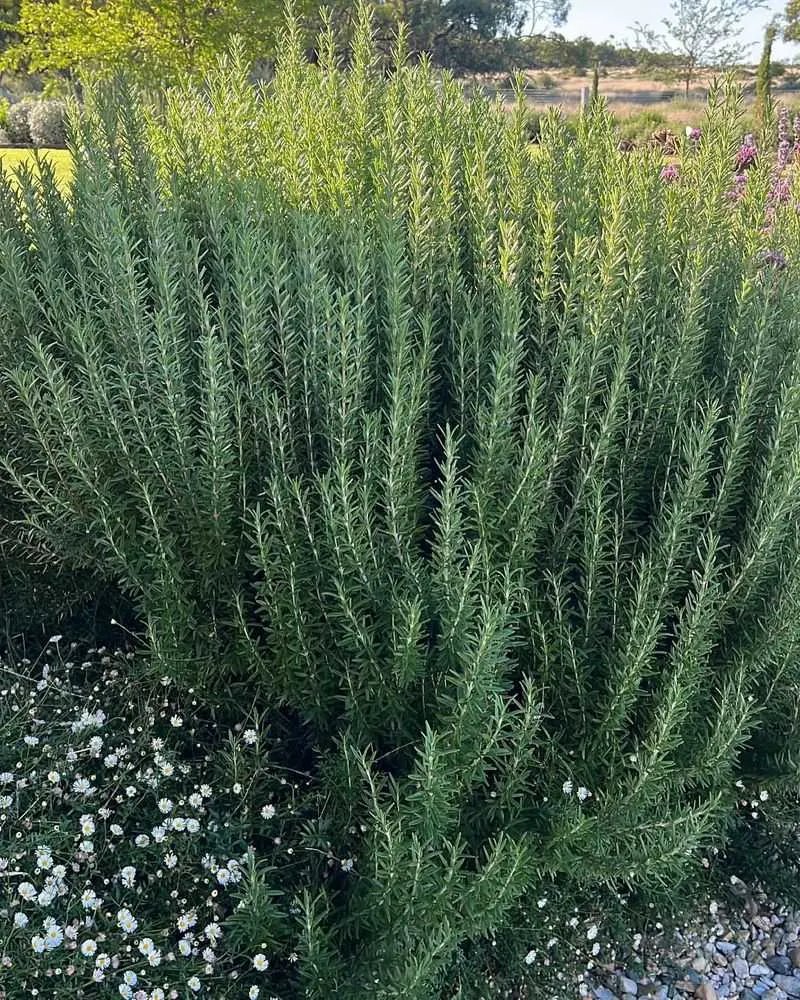
Rosemary is not just a culinary herb; it’s a robust shrub that brings both visual and aromatic appeal to gardens. Its needle-like leaves and delicate blue flowers thrive in well-drained soil and full sun. Rosemary is drought-tolerant once established, requiring minimal watering.
Regular pruning helps maintain its shape and prevent it from becoming woody. This shrub is perfect for both ornamental and practical uses, as its leaves can be harvested for cooking. Rosemary’s resilience and dual purpose make it a versatile addition to sunny gardens, offering beauty and utility in equal measure.

